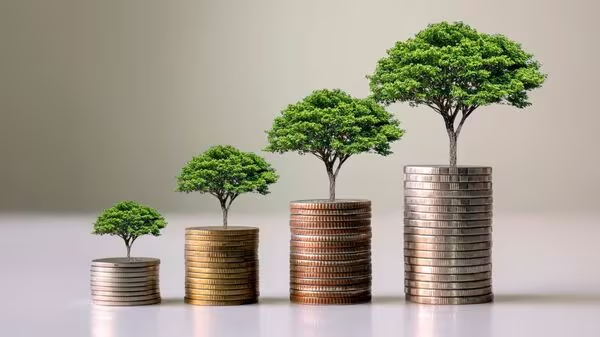Green deposits exemplify the integration of finance and environmental sustainability, addressing the dual challenges of economic growth and climate change. For UPSC aspirants, they represent a vital topic bridging the domains of economics, environment, and governance.
Understanding green deposits equips aspirants with insights into sustainable finance, enabling them to approach questions on climate policy, green economy, and innovative governance solutions with confidence and clarity.









